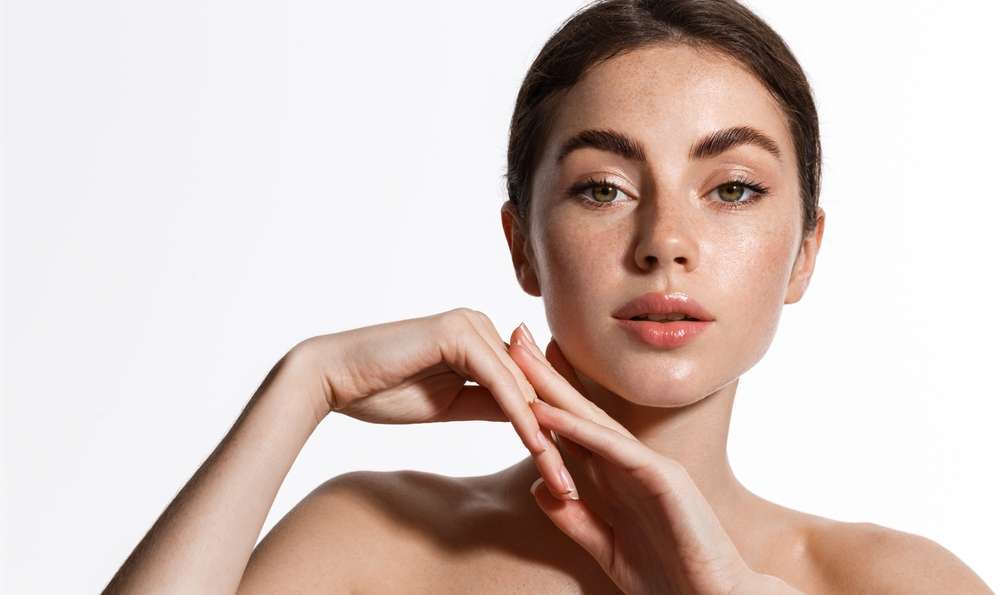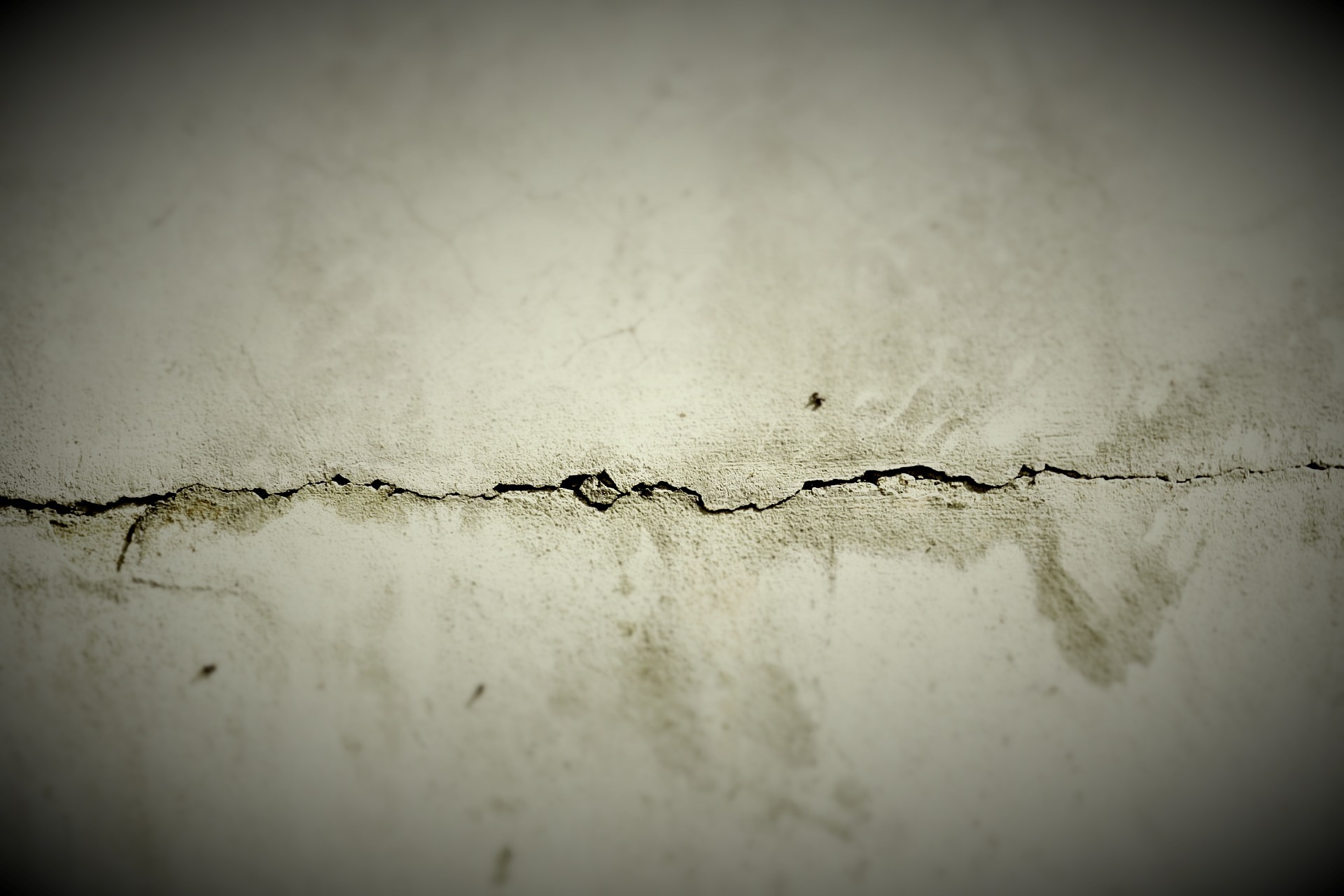The Power of Ancient Beauty Rituals in Modern Cosmetics
Beauty rituals have been an integral part of human culture since the dawn of civilization. From the ancient Egyptians using kohl for their iconic cat-eye look to the Romans indulging in milk baths for smooth skin, the pursuit of beauty and the desire to enhance physical appearance are as old as human history. In the modern world, the beauty industry has grown exponentially, but the allure of ancient beauty rituals persists, finding their way into the heart of contemporary cosmetic formulations. In this article, we will explore the resurgence of these age-old practices in modern beauty routines, their historical context, and the reasons behind their enduring popularity.

The Historical Context
The ancient world was rich in beauty rituals, with each civilization having its own unique practices. The Egyptians, known for their elaborate beauty treatments, used natural ingredients like honey for moisturizing, clay for detoxification, and henna for coloring hair and nails. Cleopatra, their most famous queen, was renowned for her milk baths and the use of Dead Sea mud for her glowing skin.
The Greeks and Romans also had their own beauty regimens. Olive oil was a staple in their skincare routines, used as a moisturizer and cleanser. They also indulged in steam baths and used crushed berries and beetroot for blush and lip color.
In ancient India, Ayurveda, a holistic health system, had a profound influence on beauty practices. Ingredients like turmeric, sandalwood, and aloe vera were used extensively in skincare, while henna was used for hair conditioning and coloring.
Re-emergence in Modern Cosmetics
Over the past few decades, the beauty industry has begun to look back to these ancient practices for inspiration. There has been a surge in products that incorporate natural ingredients, mirroring the practices of our ancestors. For example, clay masks inspired by Egyptian beauty rituals are popular for their detoxifying properties. Similarly, olive oil, an essential part of Greek and Roman beauty routines, is now a common ingredient in many moisturizers and cleansers.
The Ayurvedic approach to beauty has also gained significant traction. Brands are incorporating ingredients like turmeric, known for its anti-inflammatory properties, and sandalwood, known for its calming effect, in their products.
Impact and Reception
The reception to this resurgence of ancient beauty rituals in modern cosmetics has been overwhelmingly positive. Consumers are increasingly seeking out natural products and those that have a historical precedent. The notion that “what worked for our ancestors will work for us” has a strong appeal.
Moreover, the move towards using natural ingredients aligns with the growing trend of sustainability and ethical consumption in the beauty industry. Consumers are more conscious of the impact of their consumption habits on the environment, leading to a preference for products that are not only effective but also environmentally friendly.
Unique Insights and Future Trends
The beauty industry’s shift towards ancient beauty rituals is not merely a trend but a reflection of a broader societal shift towards wellness and sustainability. The use of natural ingredients, the focus on holistic beauty, and the desire for products with a historical connection are all indicative of a changing consumer mindset.
Looking ahead, we can expect this trend to continue, with more brands incorporating ancient beauty rituals and ingredients into their products. There is also likely to be a greater emphasis on the cultural context of these rituals, with brands educating customers about the history and traditions associated with their products.
Balancing Depth and Accessibility
While the trend towards ancient beauty rituals has many merits, it’s important for consumers to approach it with a balanced view. Not all ancient practices are suitable for modern lifestyles or skin types, and not all natural ingredients are safe or effective. It’s crucial to do thorough research and consult with professionals before incorporating these rituals into your beauty routine.
In conclusion, the resurgence of ancient beauty rituals in modern cosmetics is a testament to the enduring appeal and effectiveness of these age-old practices. As we continue to navigate the complexities of the modern world, there’s comfort in knowing that we can turn to the wisdom of our ancestors for guidance, even when it comes to enhancing our beauty.




